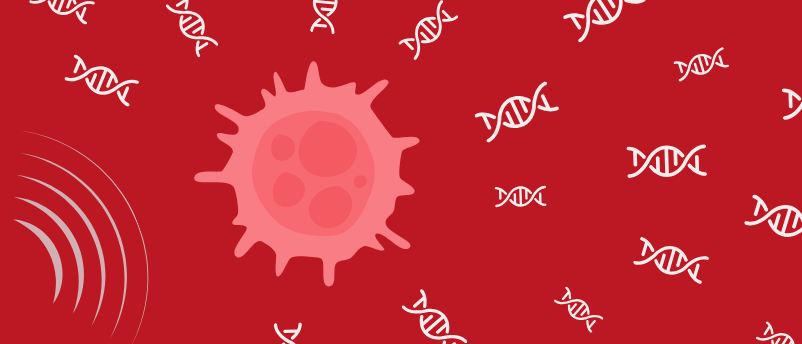Rapid stroke diagnostic could revolutionize outcomes

A new diagnostic method could dramatically reduce the time to treatment for LVO stroke patients.
Recent research led by a team at Brigham and Women’s Hospital (MA, USA) has developed a new diagnostic technique involving blood biomarkers, which can identify catastrophic strokes with practical sensitivity and specificity. The new diagnostic technique could enable patients to receive the optimum treatment faster than existing diagnostics.
As the second highest cause of death and the leading cause of disability worldwide, strokes pose a serious healthcare threat. The most aggressive stroke, named large vessel occlusion (LVO) stroke, involves the blockage of a major artery delivering blood to the brain, leading to the rapid death of brain cells. LVO strokes can be treated with a surgical procedure called a mechanical thrombectomy, which removes the blockage and restores blood flow to the brain. If detected early enough, this procedure can prove completely restorative to brain health and function, vastly improving the patient’s quality of life post-stroke.
Symptoms of LVO strokes overlap significantly with those of a brain bleed, yet they require dramatically different procedures to be treated. Furthermore, current diagnosis typically involves imaging and physical testing, which needs to be done at the hospital, taking up precious time before treatment can be administered. There is therefore the need for a diagnostic test that can be run in an ambulance before arrival at the hospital.

Intense ultrasound enables less invasive cancer biopsies
Intense ultrasound helps release cancer biomarkers from cells to enable less invasive and more affordable cancer screening.
The team had already worked with two proteins found in blood circulation, glial fibrillary acidic protein (GFAP) and D-dimer, which are associated with stroke. To validate their use as potential biomarkers, the team conducted an observational diagnostic accuracy study, investigating data from 323 individuals who had been triaged as potential stroke patients between May 2021 and August 2022.
The team found that by combining scores for the levels of the two biomarkers in the blood with a common field test for stroke, known as the field assessment stroke triage for emergency destination (FAST-ED), within 6 hours of symptom onset, LVO strokes could be diagnosed with 93% specificity and 81% sensitivity. The test could also distinguish between brain bleeds and LVO strokes, as it successfully eliminated any patients that were later found to have had brain bleeds instead of an LVO stroke.
This test could also prove transformative for healthcare systems around the world that lack the widespread availability of imaging systems currently required for stroke diagnosis. Next, the team plan to test the efficacy of the test when used in an ambulance setting, and establish whether the test can effectively allow clinicians to bypass imaging entirely and progress directly to treatment.
Commenting on the impact of the trial, senior author Joshua Bernstock stated, “In stroke care, time is brain. The sooner a patient is put on the right care pathway, the better they are going to do. Whether that means ruling out bleeds or ruling in something that needs an intervention, being able to do this in a prehospital setting with the technology that we built is going to be truly transformative.”